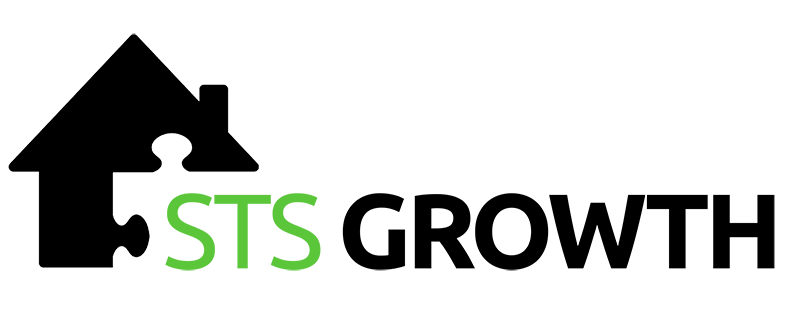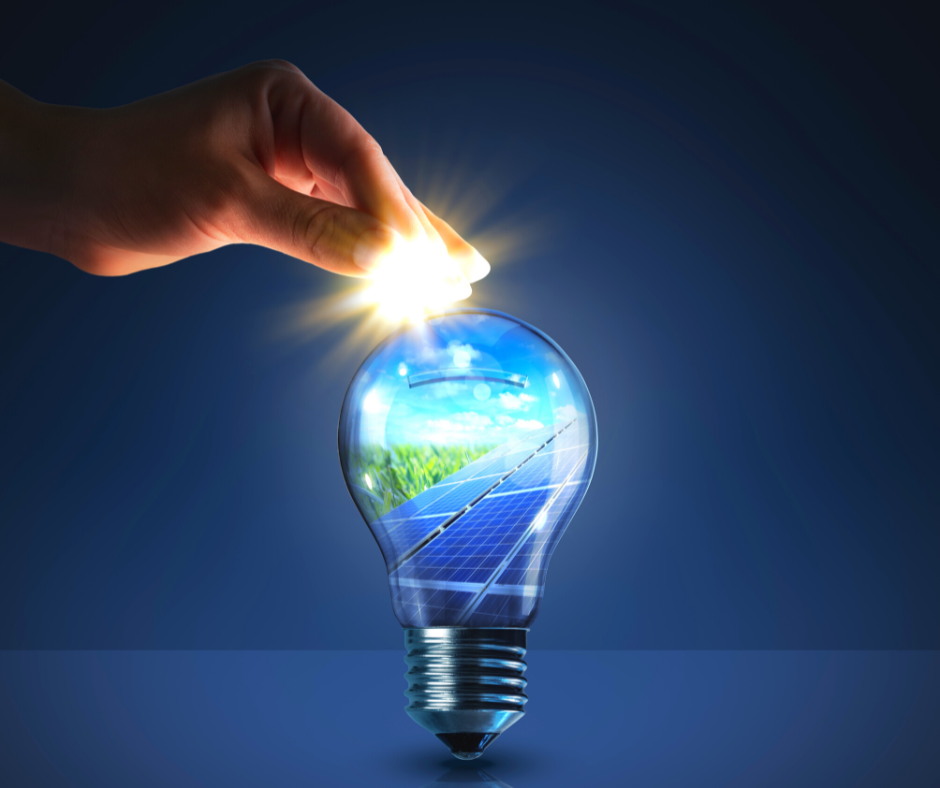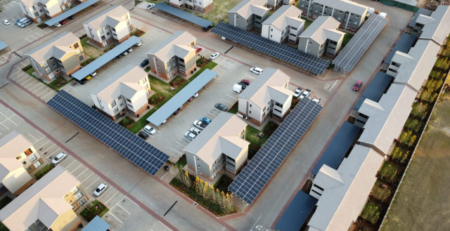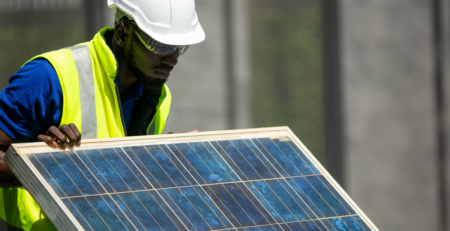Load shedding woes – it is time to see the light
It’s probably safe to say that most South Africans are beyond fed-up with our unreliable electricity supply. We’ve already had an extraordinary amount of load-shedding during this year, and winter was especially bleak and dismal for homeowners and businesses alike.
But just when we thought the power utility could not let us down any further, Eskom’s plans for new tariff structures surfaced. And shortly after this, we heard that they applied for a 32.66% tariff increase for the 2023/24 financial year to the National Energy Regulator of South Africa (NERSA). NERSA itself estimates that increases could amount to 38% should Eskom’s application be approved.
South Africa breathed a sigh of relief when President Ramaphosa finally called a long-awaited “family meeting” to address the country’s electricity crisis. However, our relief was short-lived as it was revealed that Eskom was anticipating that they would now need an even higher tariff increase to fund aspects of the President’s energy solutions. These solutions would include buying energy from independent power producers and recruiting skilled personnel.
Alas, it seems that further electricity hikes are expected for the foreseeable future. Consumers are already facing dark times as a result of immense financial pressure and uncertainty about the economy. We would do well to heed the call from experts to start cutting costs wherever we can. The good news is that there are ways for community schemes to mitigate the increasing cost of living by saving on energy tariffs. These are not just called “Efficient” Energy Solutions for nothing!
Let the sunshine in
Installing solar power is the first step in saving on your electricity bill. Although your community scheme can pay upfront for the solar PV system, many schemes might not have the finances available. One would also not want to put unit owners under additional pressure by raising special levies to cover the expense. Owning the solar system would require additional costs for insuring, monitoring and maintaining the infrastructure.
Another way to acquire an efficient energy system is by entering into an electricity service and supply agreement (ESSA). This is a contract (otherwise known as a power purchase agreement), that allows community schemes to acquire the system at no cost to the scheme. You only pay for the energy you use every month.
And just in case you are worried about Eskom’s supposed plans to charge solar users an additional levy, check out this blog post where we address those concerns.
Bottle-up that solar power
Yes, solar power offers a more sustainable and cost-effective power supply but to obtain energy security and save even more, you would need to install a battery energy storage solution (BESS).
A Battery Backup and Storage solution allows you to save some of the generated solar power for later use. The energy from the solar installation charges the battery during the day. Your community scheme can discharge the battery as needed, even during power cuts. Charging the battery during low electricity demand times, and discharging during high-demand times enables you to cut electricity costs even further.
These solutions help your community scheme save on energy costs and mitigate the effects of load-shedding during those pesky Eskom “down” times. Installing efficient energy systems is also bound to boost property values, and possibly even generate income in the near future, a light at the end of the tunnel during these difficult economic times.
Our Solutions Consultants are standing by to supercharge your energy savings.





